J.N. Ding Darling National Wildlife Refuge -Sanibel Island
Jay Norwood “Ding” Darling convinced President Harry Truman to protect environmentally valuable land on Sanibel Island from developers. In 1945 President Truman signed an Executive Order, and J.N. Ding Darling National Wildlife Refuge was created. Today, it is part of the largest undeveloped mangrove ecosystem in the United States.
J.N. Ding Darling National Wildlife Refuge offers refuge to countless animals, including those who are threatened or endangered. There are over 245 species of birds in its 6400 acres of mangrove forests, open waters, tropical hardwood hammocks, seagrass beds, freshwater marsh, and Mudflats.
Federally and State listed species seek haven at Ding Daring Wildlife Refuge. Piping Plovers, Black Skimmers, Roseate Spoonbills, Burrowing Owls, West Indian Manatees, Sanibel Island Rice Rats, and Loggerhead Sea Turtles make their homes here. Aboriginal prickly-apple and Barbed wire cacti are protected from development within the refuge. Visitors from all over the world travel to Sanibel to catch a glimpse of and photograph The Big 5: the American White Pelican, Mangrove Cuckoo, Reddish Egret, Roseate Spoonbill, and the Yellow-crowned Night-Heron.
Calusa Indians once made their home in the hardwood hammock among Gumbo Limbo trees, Strangler Figs, and Sea Grape trees. Take a short walk down the Shellmound Trail and discover remnants of shells which along with other waste, grew into mounds. The change in soil chemistry and height created a subtropical maritime hammock.
The 4-mile wildlife drive offers visitors the opportunity to drive, bike, or hike along the paved road. There are plenty of spaces to park and get out of your car for wildlife viewing. Four walking trails: the Indigo Trail, the Wildlife Education Boardwalk, Shellmound Trail, and Wulfert Keys Trail are accessible from the wildlife drive. A 90 minute guided tour aboard a tram is available. Walk or bike the Bailey tract to enjoy freshwater plants and wildlife. Launch your canoe, kayak, or boat or take a guided canoe, kayak or paddleboard tour at one of the designated sites.
For more information, times and to plan your trip, click here:  https://www.fws.gov/refuge/JN_Ding_Darling/
https://www.fws.gov/refuge/JN_Ding_Darling/

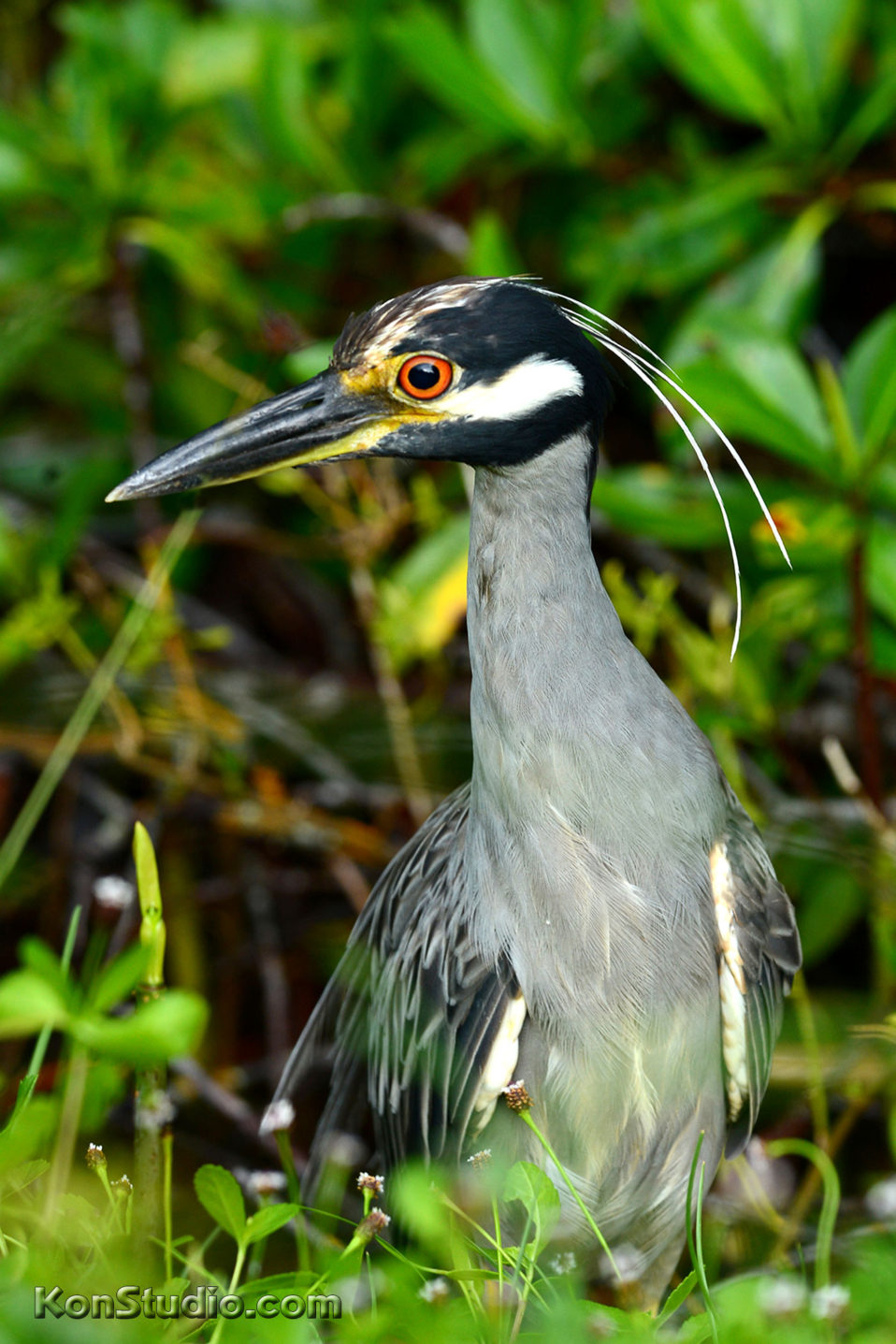
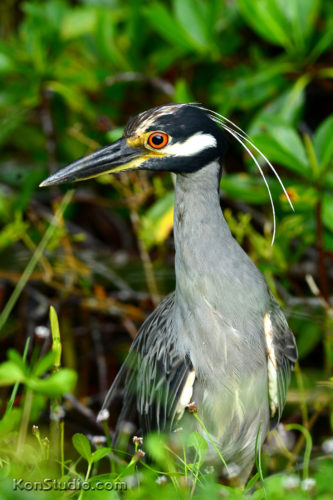
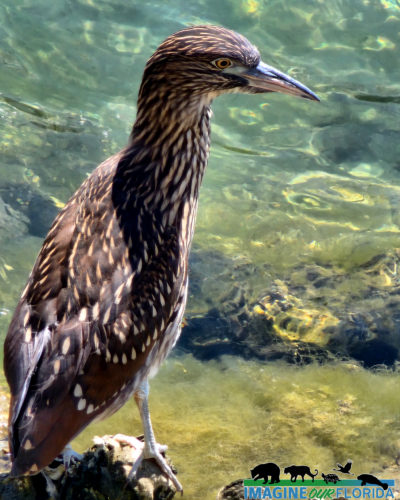
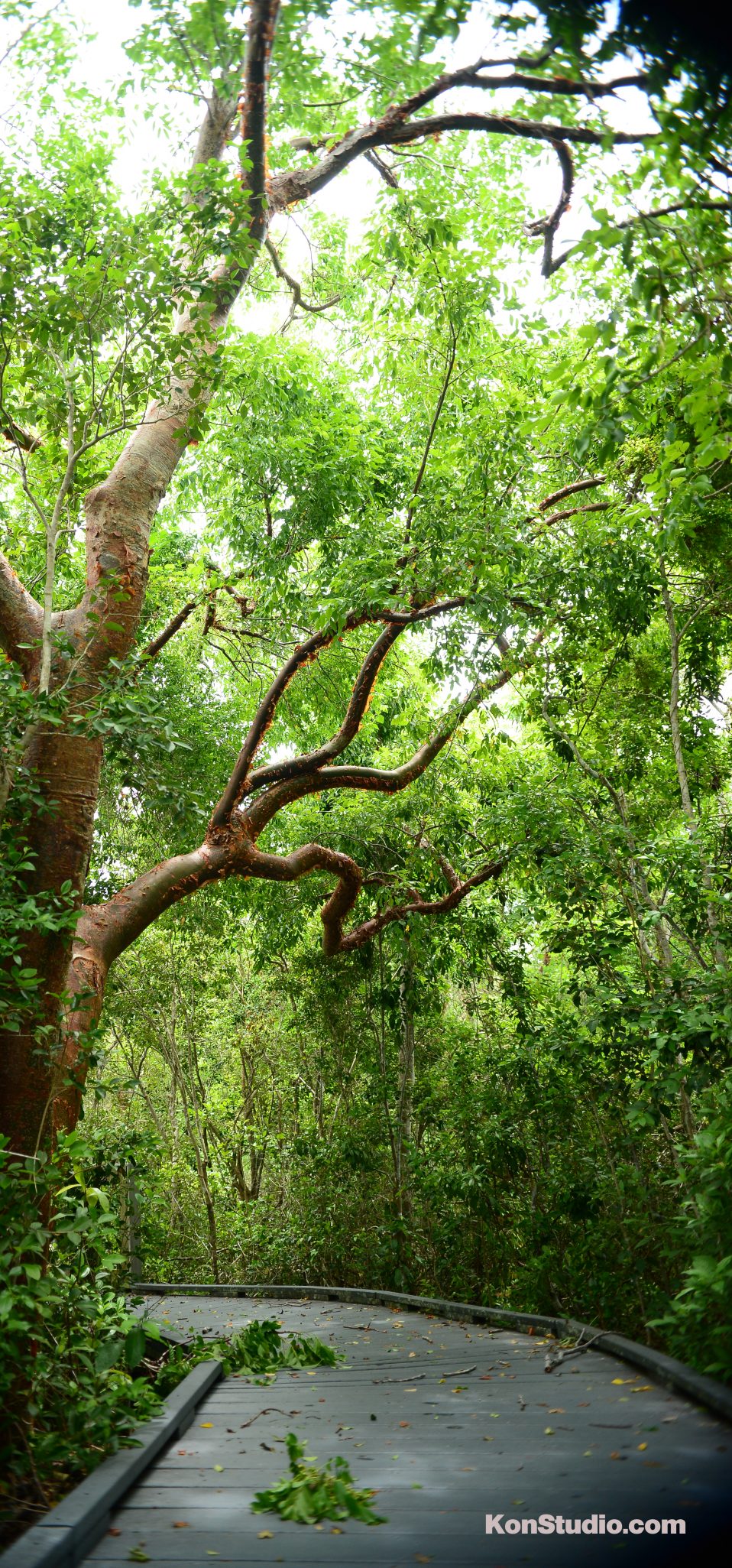
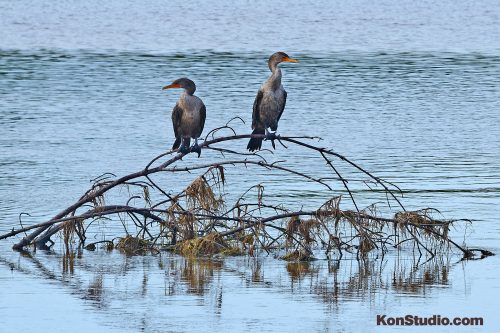
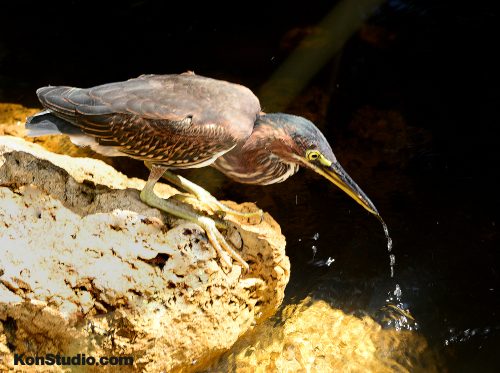
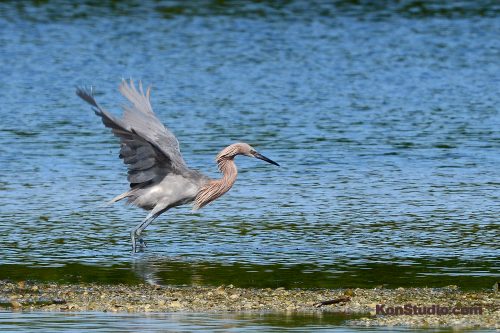
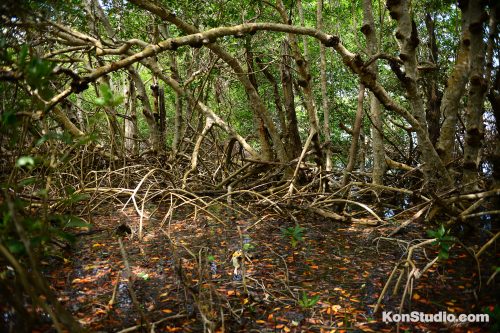
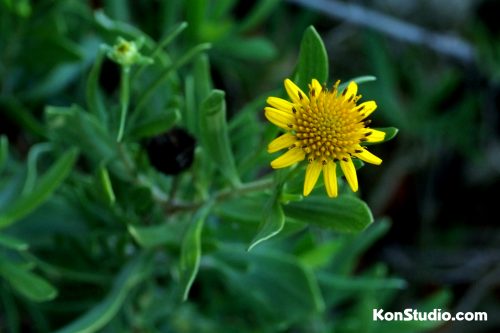
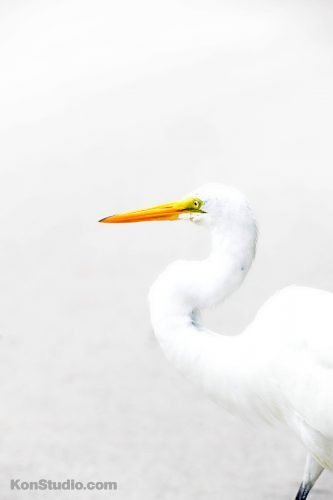
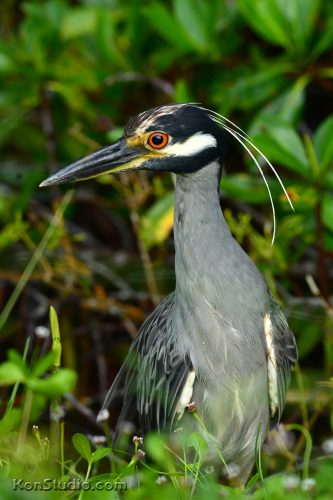
Recent Comments